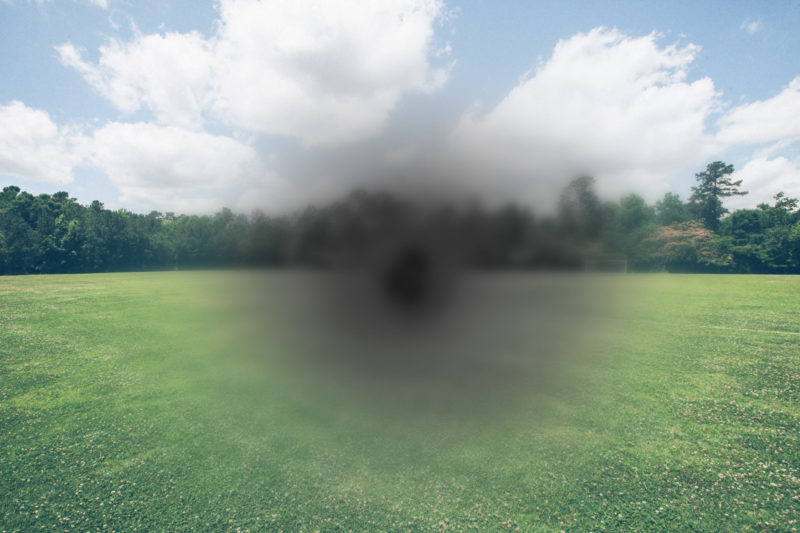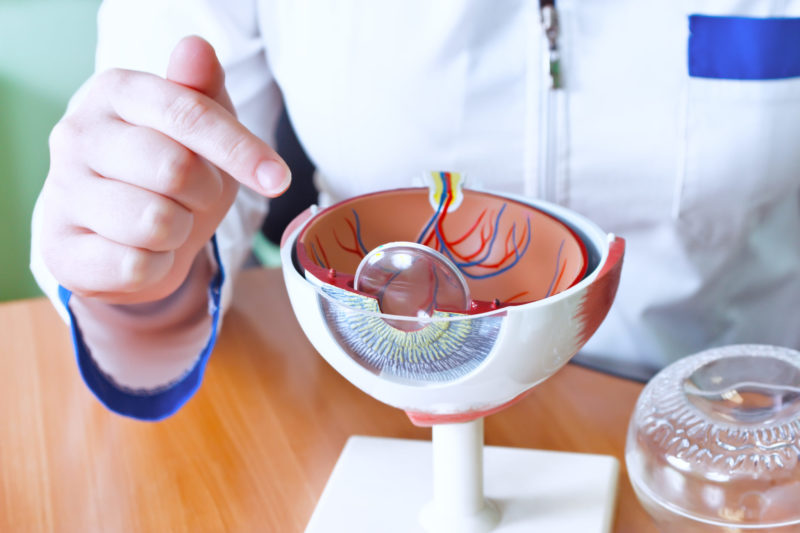Macular hole surgery
Macular hole is a gap which is created at the centre of the retina (the macula) as a result of pulling gel forces inside the eye. If these forces are strong enough, the macula is split open resulting in a macular hole. In a such a case the patient is aware of a central loss of detail and reduced vision. Peripheral vision is retained but central vision is affected. Patients are unable to read signs, recognize faces, reading smaller print is impossible as well. Macular holes occur more frequently in female patients around the 6th-8th decade of life.

Macular holes require vitreoretinal surgery as well. During the operation the vitreous gel is removed and a gas bubble is introduced in the eye. Patients need to do face down posturing for few days for the gas to push the gap to close and vision to improve.
Visual recovery following macular hole surgery is a slow process as the gas bubbles takes few weeks to completely dissolve. Immediately after surgery vision is poor and comes back slowly with the absorption of the bubble. It is important for any patient with a gas bubble not to fly for few weeks as long as the eye is gas filled. This is to avoid any sudden increase in eye pressure which can lead to blindness. For the same reason, patients with gas filled eyes cannot have general anaesthetic with nitrous oxide.
Most of the times, vitrectomy surgery can result in a cataract in the operated eye and a cataract operation may be required about a year later.
